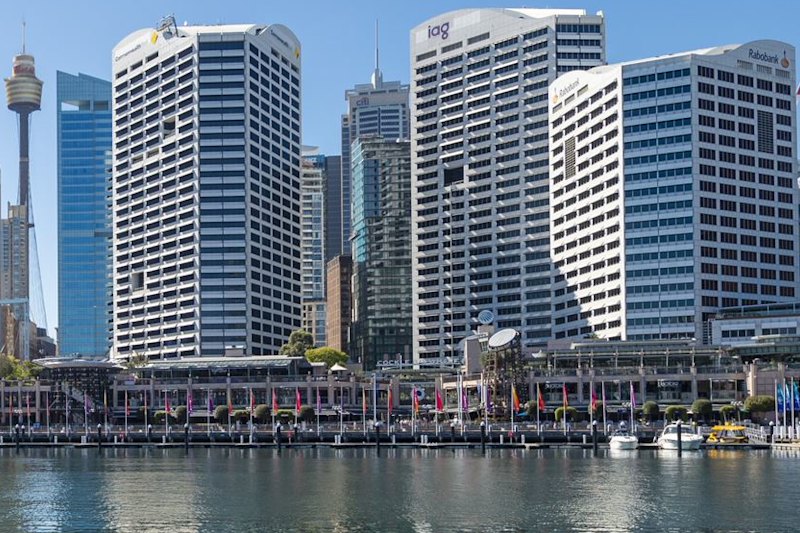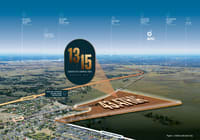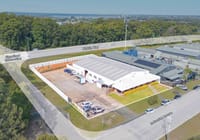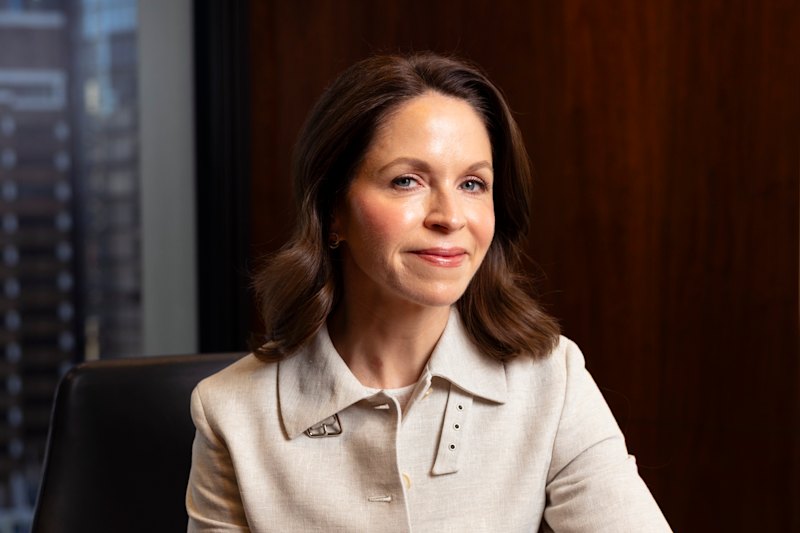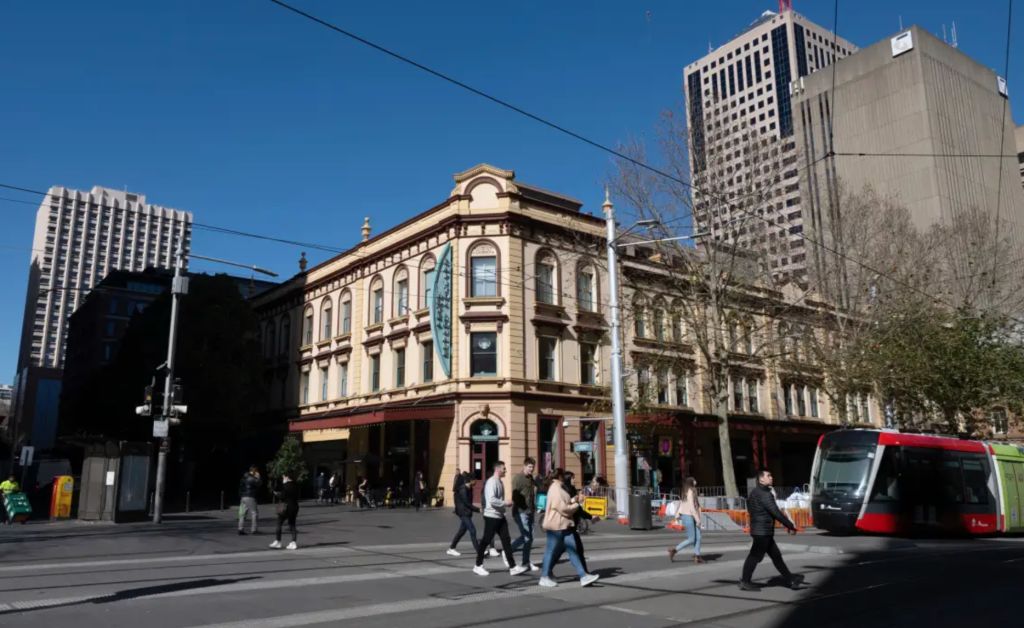
Office vacancy rises as supply overshoots demand
Vacancy rates in CBD office markets have edged higher around the country, except in Adelaide and Brisbane, as the supply of fresh space outruns demand.
Given the uneven nature of office tower development, much of that new supply was baked in already before the arrival of the pandemic in early 2020 disrupted demand for office space.
As a result, while there was net demand for office space in all CBDs, except Canberra, vacancy rates nevertheless rose over the last six months, according to the Property Council of Australia.
In the Melbourne CBD, where the gap between supply and demand is wide, vacancy rose one percentage point to 12.9 per cent. In Canberra, where the supply-demand equation is even more lopsided, vacancy is at 8.6 per cent, after gaining more than 2 percentage points.
Sydney’s vacancy has moved up into double digits at 10.1 per cent. Adelaide fell slightly to 14.2 per cent, while Brisbane, where demand has exceeded supply, dropped substantially to 14 per cent.
“As we move through year three of the pandemic, we’ve still got positive demand for office space in our CBDs,” Ken Morrison, Property Council chief executive, told The Australian Financial Review.
“That is something to celebrate given the dire predictions from 2020 as to what would happen with demand for office space.
“We had a large amount of supply lined up pre-pandemic that unfortunately started to arrive through the pandemic. Obviously, supply doesn’t stop on a dime.
“The forward outlook for supply is now much reduced. At the moment, supply is substantially ‘driving the bus’ in terms of vacancy outcomes. That will be less of a factor in the next couple of years.”
The PCA analysis shows the take-up of space in Sydney’s CBD was strongest in the premium category, hitting 30,000sq m in the last six months, while turning negative in A-grade and B-grade office stock.
That’s evidence of a ‘flight to quality’, according to CBRE’s Stuart McSorley, who said quality fitted-out space was the most sought-after by tenants looking to entice staff back into the office and attract new talent.
“Many landlords are providing speculative fitouts, from suites to whole floors, to take advantage of this demand,” he said.
Kernel Property’s Steve Urwin, a tenant advocate, said vacancy was increasing outside the Sydney CBD as tenants take advantage of softer CBD leasing terms. That same dynamic is also creating strong opportunities in markets such as Parramatta and North Sydney.
“We’re seeing no evidence of any reduction in incentives in any major market,” he said.
Colliers’ Simon Hunt said the national office market was embracing flexible work “as a given” and major employers were focusing on how to best use their office space to promote collaboration and company culture.
“Occupiers who now feel more comfortable with their current and future workplace strategies are moving forward with leasing decisions,” he said, a trend which was showing up in rising levels of enquiry.
But in Melbourne the flight to quality could become a major headache for landlords of older buildings. Its CBD has the largest pipeline of new office space over the next three years, well over the 200,000sq m, and that space has the second-lowest rate of pre-commitment, at 29 per cent.
As a result, according to Kernel’s Holly Bailey, the level of backfill space will climb, adding further pressure to the market. Another worry in the Victorian capital is the amount of sub-lease availability, a result of the city’s extended lockdowns.
“The current sublease availability is less about firms under financial stress (as is historically the case with sublease space), but rather reflective of a lack of office use,” she said.
“Larger occupiers that were already working flexibly have been the main groups of tenants to dispose of space.”
It is not only in Melbourne, but nationwide, that owners of older buildings face the challenge in retaining tenants as workplace culture changes, according to JLL’s Tim O’Connor.
“The move towards higher quality assets will increase vacancy pressures on secondary grade assets and owners will have to inject capex into these assets to remain relevant in the leasing market,” he said.


